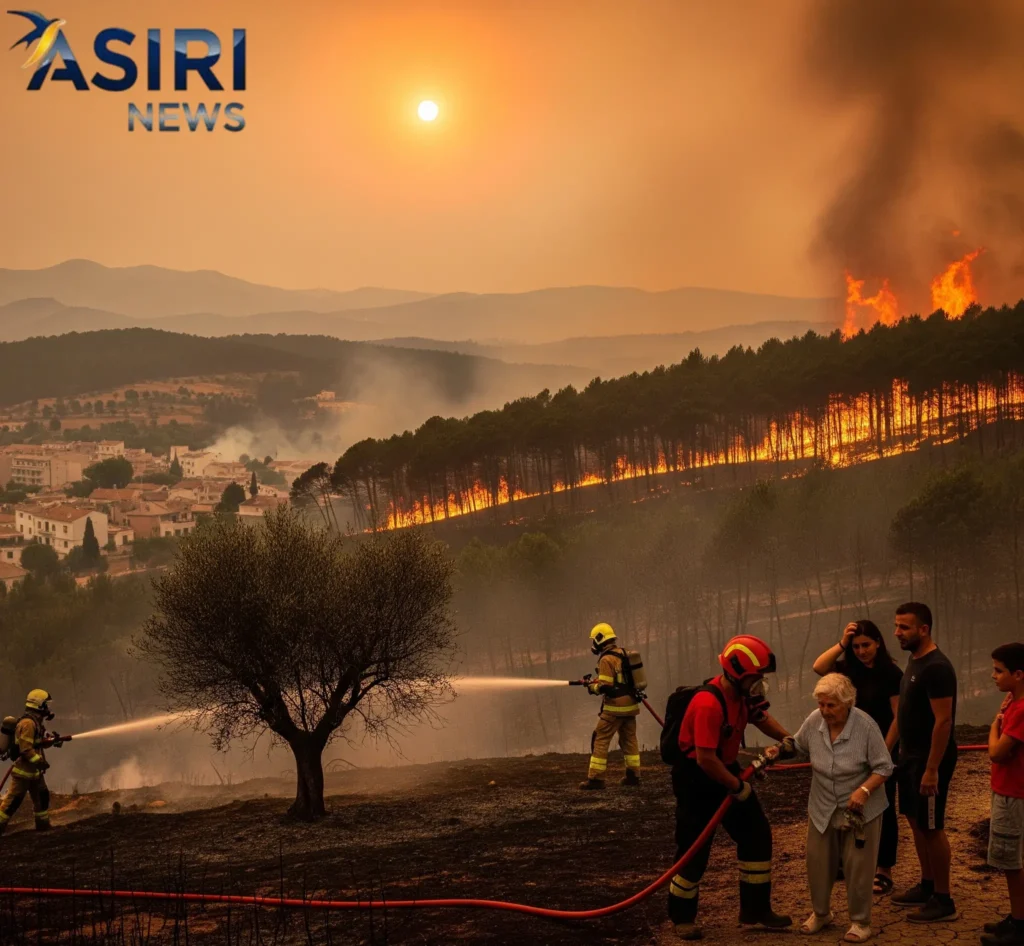In a world more digitally connected than ever before, a surprising and dangerous epidemic is silently taking hold: loneliness. According to a recent global report by the World Health Organization (WHO), a staggering one in six people worldwide are affected by loneliness, a condition linked to an estimated 871,000 deaths annually. It is a public health crisis that transcends demographics, affecting people of all ages and socioeconomic backgrounds. While digital platforms offer the illusion of connection, a growing number of people are discovering that the most powerful antidote lies in the oldest form of human engagement: intentional, in-person community building.

In Australia, a trend is emerging where individuals are actively seeking out physical spaces and shared activities to foster genuine connections. Author and social commentator Fiona L. explored how her own efforts to combat loneliness through running clubs, improv classes, and volunteer opportunities were transformative. These activities work by creating an environment of shared purpose and vulnerability. In a running club, for example, the shared struggle and collective achievement of pushing physical limits build a sense of camaraderie that is difficult to replicate online. Improv classes, which require participants to trust one another and be present in the moment, create deep and meaningful bonds. Similarly, volunteer work provides a powerful sense of purpose and connection, as individuals come together to work towards a common goal.
These grassroots movements underscore a fundamental truth about human well-being: while digital technology can be a useful tool, it cannot replace the physical and emotional intimacy of in-person interaction. Studies show that a lack of social connection can increase the risk of serious health problems, including heart disease and depression, by the same magnitude as smoking and obesity. In contrast, communities with strong social bonds tend to be safer, healthier, and more resilient.
However, despite the clear benefits, barriers to community involvement remain. A lack of time, financial constraints, and distrust of new groups or institutions are all factors that can discourage participation. In addition, the long-term effects of the pandemic have made some people less comfortable with in-person engagement. It is a reminder that fostering a culture of community requires more than just good intentions—it demands accessible spaces, inclusive environments, and a collective commitment to prioritizing human connection above all else.



